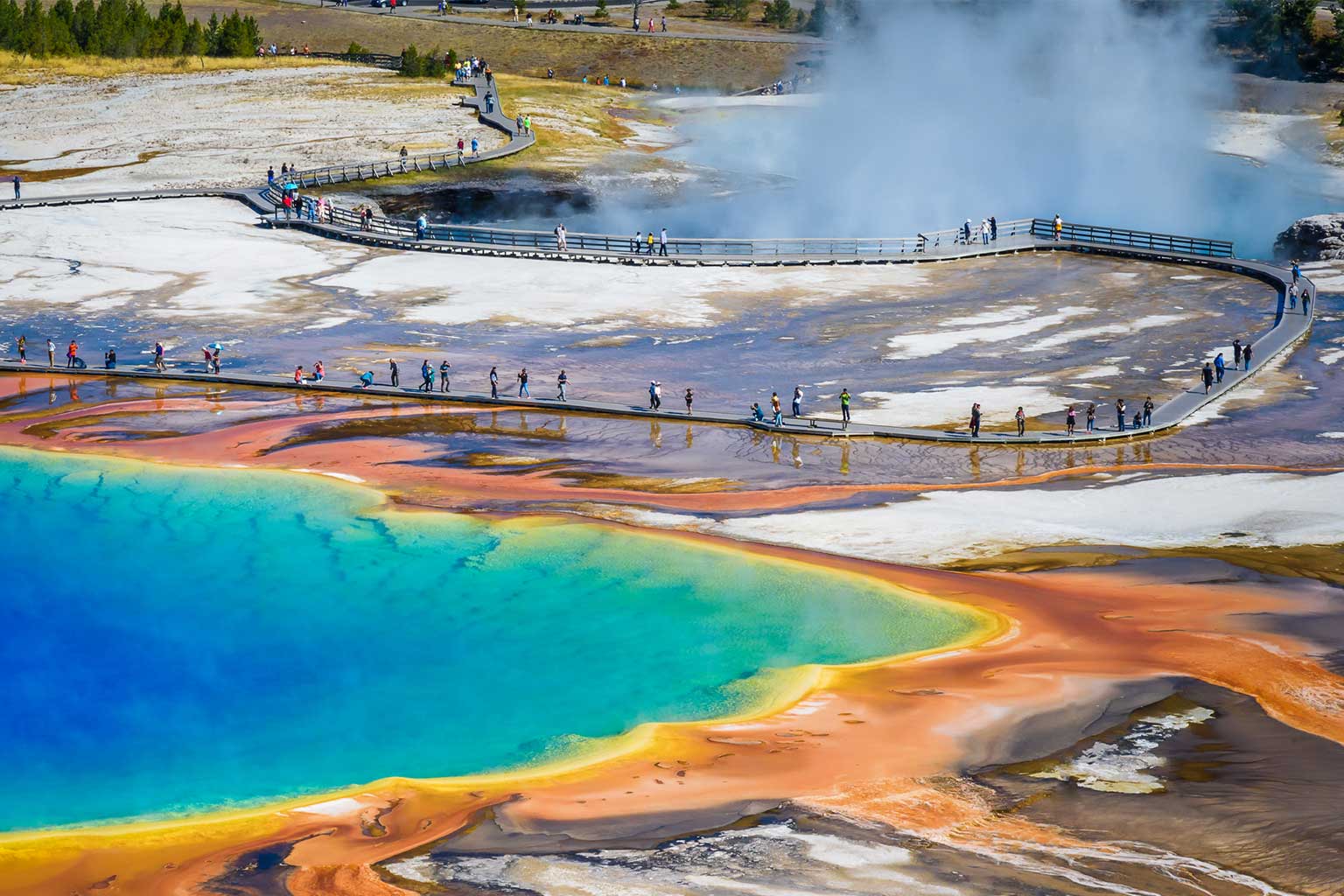
This article was originally published in Deseret News.
The National Park Service recently announced that its sites hosted 325.5 million recreation visits in 2023. Visits were up by 13 million, or 4%, from 2022, continuing an upward trend since the pandemic.
For the 109 national park sites that charge entry fees, more visitors mean more resources that can help meet their growing needs. And any funding boost would be a boon given that many parks are struggling to keep pace with their popularity. Today, scores of sites suffer from crumbling roads, deteriorating bridges, failing sewer systems and countless other ailing park assets that have lacked adequate upkeep. The agency estimates that it has a total of $22 billion worth of overdue repairs nationwide.
One change, however, could boost parks’ revenue significantly: charge international tourists higher fees than locals. Adopting that simple approach, used at many national parks around the world and in other outdoor recreation contexts in the U.S., could help parks sustain the growing pressures of booming visitation.
Before the pandemic, roughly one-third of all foreign visitors to the United States visited a national park site. If each of those international visitors to a U.S. park paid a $25 surcharge, it would likely raise over $300 million, nearly doubling parks’ total fee receipts. As travel and tourism continue to edge closer to pre-pandemic levels, that added revenue would ultimately help make sure all visitors can continue to enjoy our national parks for generations to come.
Crucially, additional revenue would be dedicated to maintaining ailing parks and improving their stewardship. Rather than being remitted back to the treasury in Washington, D.C., the bulk of park fee receipts are retained and spent where collected. The model empowers superintendents and managers who have the best knowledge about their parks’ priorities and needs. It also reduces political influence over spending fee revenues.
If you travel to a major U.S. national park from abroad, then the price you pay to enter is likely a tiny sliver of your overall trip cost. One study of Yellowstone National Park estimated that the average international visitor paid roughly $4,500 for their total trip. For that traveler, a surcharge of up to $45 would only represent 1% of their total outlay, barely registering in their budget calculations. Other evidence supports the idea that most foreign tourists wouldn’t blink at higher entry fees. A 2014 study, for instance, concluded that gas prices affect national park visitation more than admission fees do. If someone is willing to travel thousands of miles to arrive at the park gates of places like the Grand Canyon or Yosemite, then asking them to contribute a modest additional amount for the privilege should not faze them.
Charging different prices for people from different places is common in many other contexts and countries. It’s standard for state wildlife agencies to charge different prices for residents and nonresidents when purchasing hunting or fishing licenses. An out-of-state visitor who wants to hunt big game in Montana, for instance, pays more than $1,200 for licenses and permits, while it costs a resident less than $50 in fees to bag an elk.
Moreover, dozens of the most high-profile national park systems around the globe charge more for overseas visitors. At the Galapagos Islands, for example, foreign tourists pay a flat fee of $100, while Ecuadorians pay just $6. In the Chilean Patagonia, foreigners pay about $55 for an extended visit to Torres del Paine National Park, more than triple the $14 paid by locals. A Rwandan can take part in a chimpanzee trek at Nyungwe National Park for $4, while it will cost international tourists roughly $90.
At U.S. national parks, adopting a modest surcharge for international visitors could generate big revenue to help address maintenance concerns and improve the experience for everyone. And that will help ensure ailing national parks can continue to be enjoyed now and by future visitors regardless of where they live.



